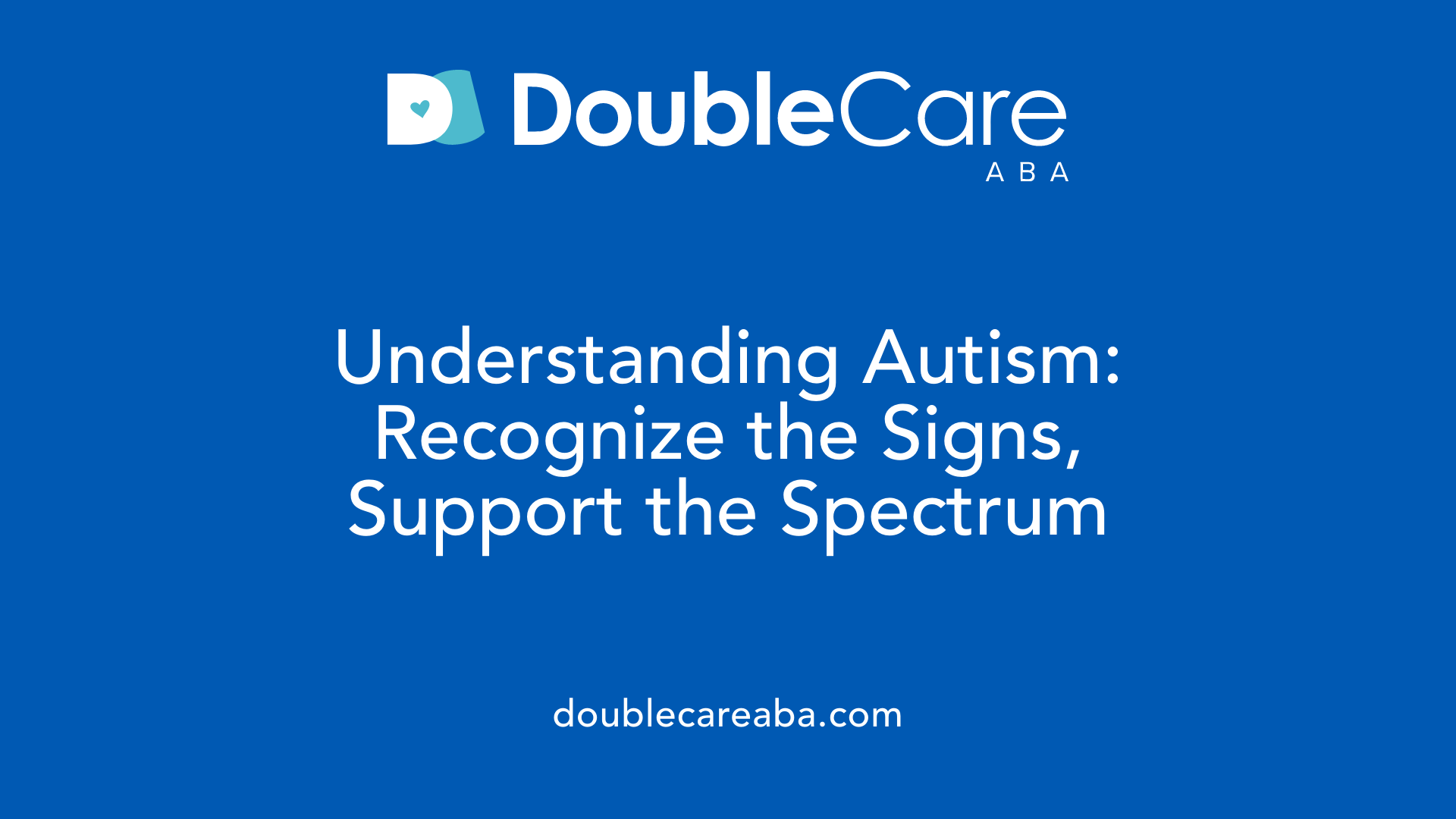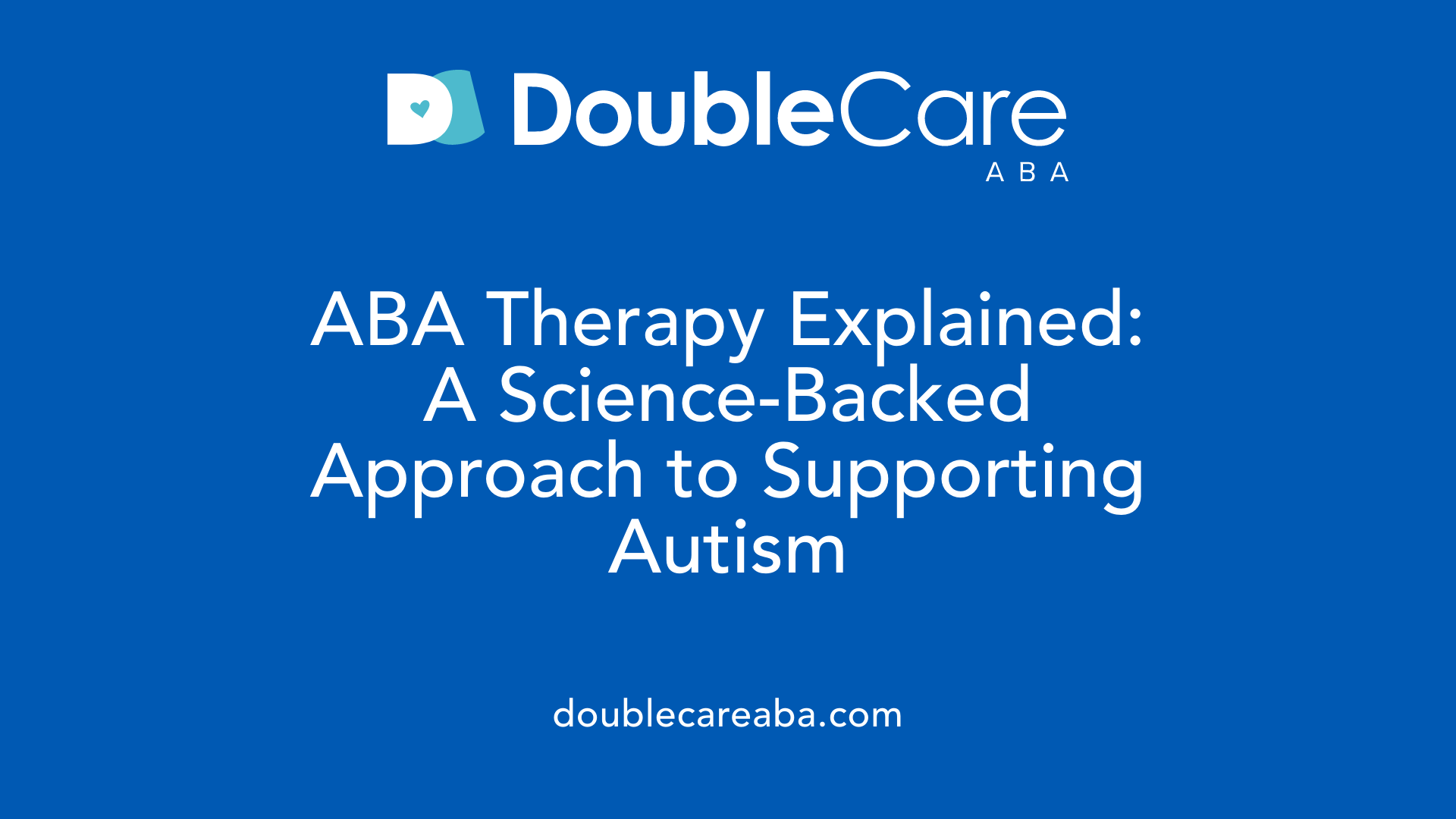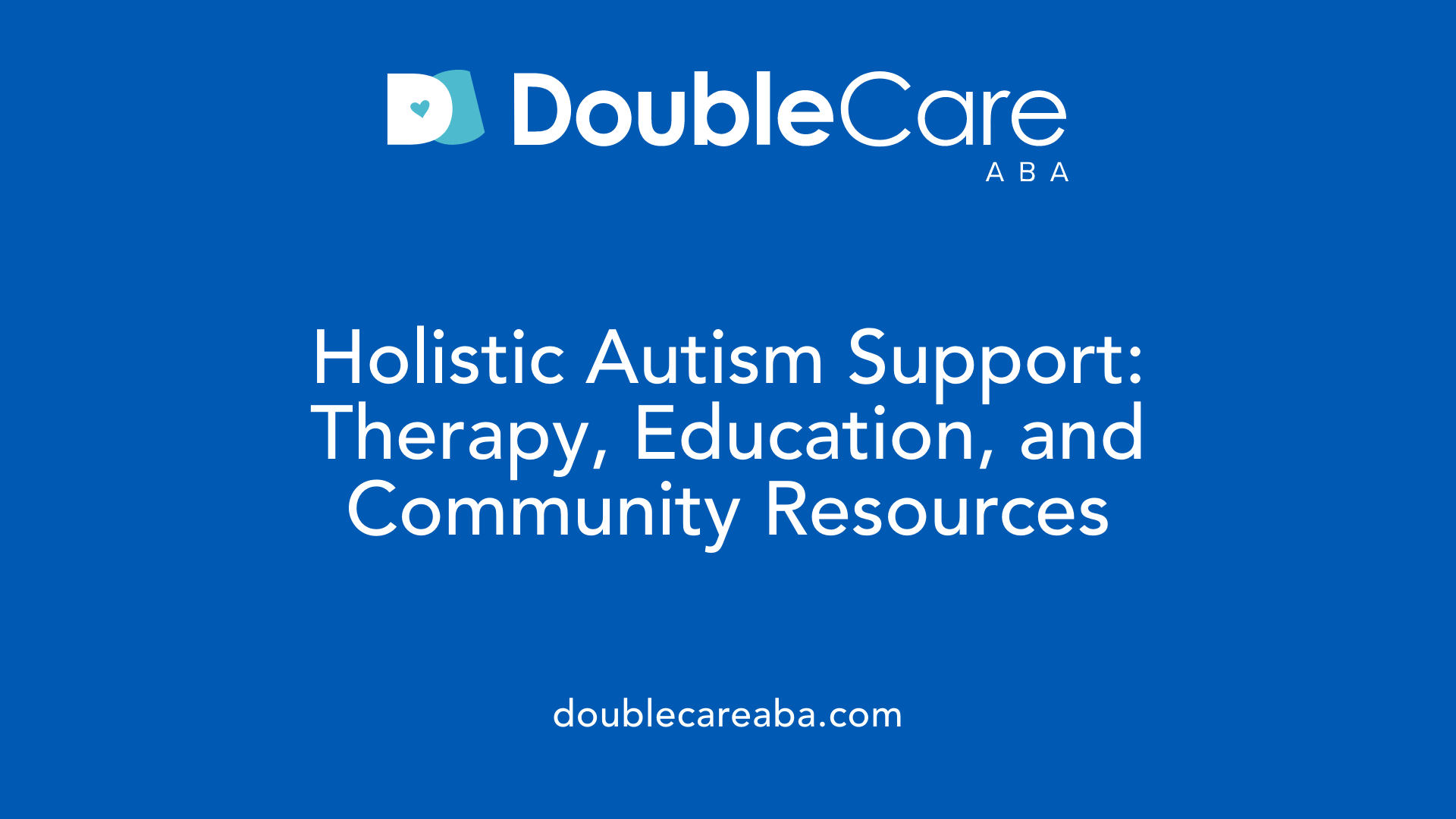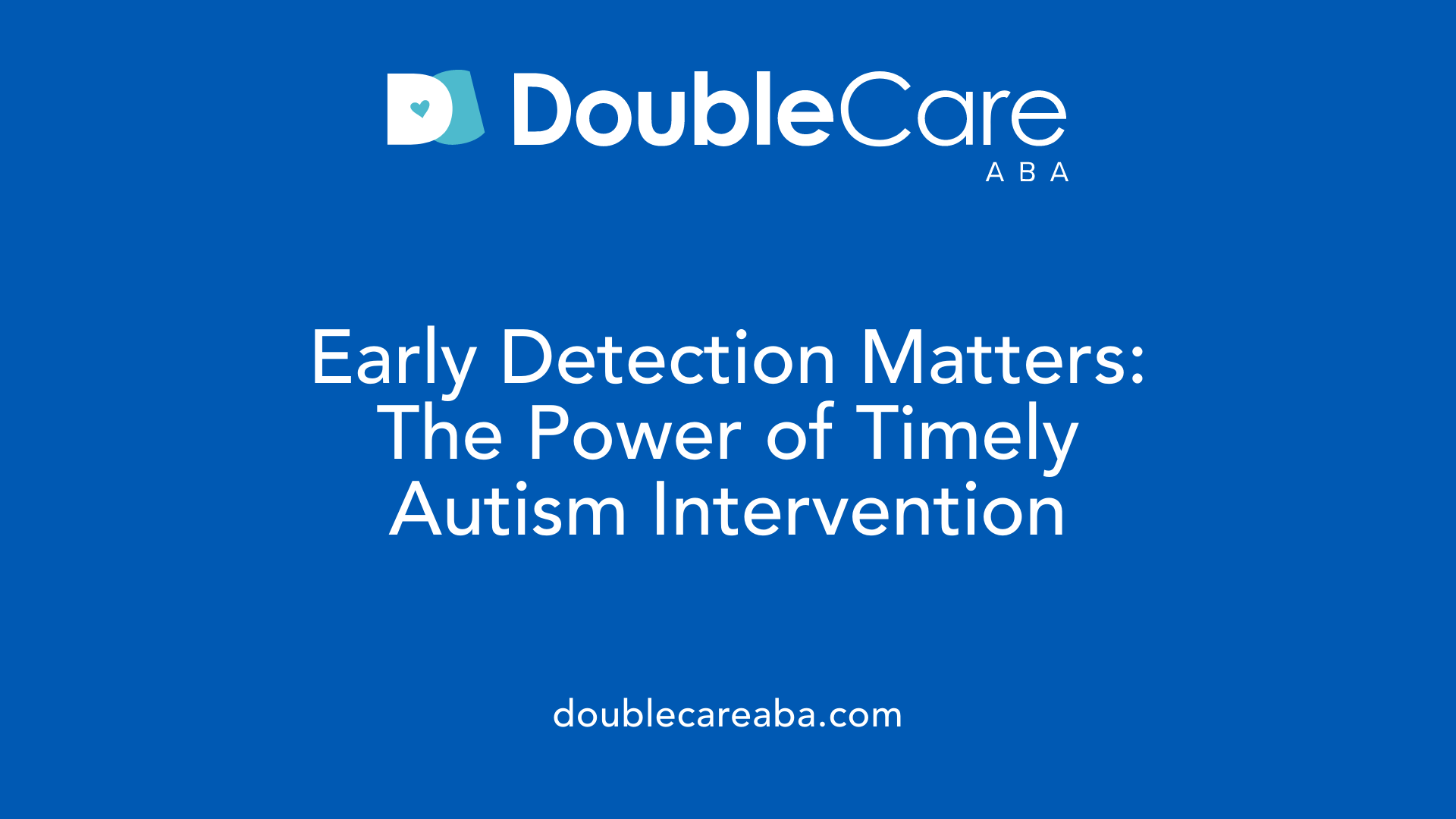Introducing World Autism Month
Every April, World Autism Month invites us to deepen our understanding of autism spectrum disorder (ASD), foster acceptance, and promote inclusion for autistic individuals across the globe. Established by the United Nations and rooted in decades of advocacy, this month-long observance highlights the diversity and strengths within the autism community, encourages early diagnosis and intervention, and unites people through awareness campaigns, educational workshops, and support initiatives.
The Origins and Global Recognition of World Autism Month

History of Autism Awareness Observances
Efforts to increase public understanding of autism began in 1995 when the Autism Society of America, alongside other organizations, proposed establishing a National Autism Awareness Month. This initiative aimed to highlight the importance of early diagnosis and support for individuals on the autism spectrum.
United Nations' Role
In 2007, the United Nations took significant strides by officially designating April 2nd as World Autism Awareness Day, a global effort to foster acceptance and improve resources for autistic individuals. This decision was supported by the adoption of the "Convention on the Rights of Persons with Disabilities" in 2008, emphasizing the protection and inclusion of people with autism globally. Further, the UN's 'Autism Resolution' in 2013 encouraged international action on early intervention, education, and employment access for those with autism.
Key Campaigns Like 'Light It Up Blue'
Autism Speaks launched the influential "Light It Up Blue" campaign in 2007, encouraging landmarks and communities worldwide to illuminate buildings in blue lights every April. This visually impactful campaign raised widespread awareness, symbolically inviting people to learn about autism and support those affected.
International Significance
World Autism Awareness Day and Autism Awareness Month, celebrated every April, have grown into globally recognized events. They unite governments, organizations, and individuals in advocating for autism acceptance, inclusion, and the expansion of support services. These observances reaffirm the international commitment to recognizing the diverse needs of the autism community and promoting dignity and respect worldwide.
Understanding Autism Spectrum Disorder: Characteristics and Diagnosis

What is Autism Spectrum Disorder (ASD)?
Autism Spectrum Disorder is a complex neurodevelopmental condition that primarily affects communication and social interaction. It typically becomes apparent in early childhood but can also be diagnosed in adults. ASD involves a broad range of symptoms and challenges, making each individual's experience unique.
What Are the Core Symptoms of ASD?
ASD symptoms center around two main areas:
- Repetitive behaviors: These may include repeated movements, routines, or specific interests.
- Social deficits: Difficulties with social communication, such as challenges in making eye contact, understanding social cues, and engaging in reciprocal conversations.
How Does DSM-5 Classify Autism?
The Diagnostic and Statistical Manual of Mental Disorders, Fifth Edition (DSM-5), categorizes ASD into three distinct levels based on the support an individual requires:
| Level | Support Needs | Description |
|---|---|---|
| 1 | Least support | Individuals who need some support with social and communication challenges. |
| 2 | Moderate support | Those requiring more substantial assistance to manage symptoms. |
| 3 | Most support | Individuals needing very significant support in daily functioning and communication. |
When Can ASD Be Diagnosed?
While autism is often identified in early childhood through signs like not responding to their name or avoiding eye contact, it can also be diagnosed in adulthood. Early diagnosis is important to provide timely interventions that improve social skills, communication, and overall outcomes.
What Are Common Signs of ASD in Children?
Some early indicators to watch for include:
- Not responding to their name by 12 months
- Avoiding eye contact
- Repetitive movements or speech
- Delayed speech and language skills
Recognizing these signs early facilitates prompt screening and support.
Debunking Common Myths and Misconceptions About Autism

False beliefs about autism
Autism spectrum disorder (ASD) is often misunderstood, leading to several widespread myths. These false beliefs can hinder acceptance and appropriate support for autistic individuals.
Myth that autism only affects boys
One common misconception is that autism exclusively or predominantly affects boys. While autism is diagnosed more frequently in boys, it also affects girls and women, often in ways that might be less visible or recognized. Inclusion of all genders is vital in awareness efforts.
Misconception that autism can be cured
Another damaging myth is that autism can be cured. Autism is a neurodevelopmental condition that lasts a lifetime. Instead of seeking a cure, current approaches focus on support, acceptance, and therapies that improve quality of life.
Vaccine misinformation
The long-debunked claim that vaccines cause autism remains a persistent myth despite overwhelming scientific evidence disproving it. Spreading this misinformation can discourage vaccination, threatening public health.
Varied developmental profiles
Autism manifests very differently among individuals, with some experiencing strong verbal skills and above-average intelligence, and others requiring significant support. This diversity means no single stereotype fits everyone, emphasizing the need for personalized understanding and care.
Applied Behavior Analysis (ABA) Therapy: What It Is and How It Helps

What is Applied Behavior Analysis (ABA) therapy?
Applied Behavior Analysis (ABA) therapy is a science-based treatment approach specifically designed to support individuals with autism spectrum disorder (ASD). It focuses on improving specific skills and reducing challenging behaviors by analyzing how behavior is influenced by its environment. ABA experts work to understand the triggers (antecedents), actions (behaviors), and outcomes (consequences) of targeted behaviors to modify them effectively.
Principles and techniques used
The cornerstone of ABA therapy is positive reinforcement — rewarding desired behaviors to encourage their recurrence. This method encourages learning and skill acquisition by linking pleasant outcomes to positive actions. ABA programs are personalized, addressing areas such as communication, social interaction, self-care, and academics. Techniques like Discrete Trial Training (structured learning in small steps) and naturalistic teaching approaches help tailor the therapy to each individual's needs.
Role in autism treatment
ABA therapy plays a vital role in autism treatment by offering an evidence-based path to behavioral and developmental growth. Delivered in various settings — homes, schools, or community environments — ABA adapts to each person’s strengths and challenges, aiming to promote independence and improve social and cognitive abilities. Early and intensive ABA interventions have been shown to produce substantial improvements when started in childhood.
Positive reinforcement and individualized programs
One of the greatest strengths of ABA is its personalized nature. Qualified behavior analysts develop detailed programs that build on an individual’s interests and learning pace. Positive reinforcement is frequently used to motivate and reward progress, making learning engaging and encouraging consistent effort.
Benefits to individuals with autism
ABA therapy helps individuals with autism develop essential skills like communication, social behavior, attention, and memory. It reduces disruptive behaviors that can interfere with daily life and learning. By fostering independence and enhancing social skills, ABA promotes fuller participation in school, work, and community activities, improving overall quality of life.
| Aspect | Description | Impact on Autism Treatment |
|---|---|---|
| Definition | Science-based behavioral intervention | Targets specific skills and behaviors in ASD |
| Techniques | Positive reinforcement, Discrete Trial Training | Encourages learning through rewards and structured steps |
| Individualization | Tailored programs by behavior analysts | Addresses unique needs and interests |
| Therapy settings | Home, school, community | Provides flexible, accessible interventions |
| Benefits | Communication, social skills, independence improvement | Enhances quality of life and social integration |
Who Provides ABA Therapy? The Professionals Behind the Approach

Who typically provides ABA therapy services?
ABA therapy services are provided by a team of trained, certified professionals dedicated to personalized care.
BCBAs and BCaBAs
Board Certified Behavior Analysts (BCBAs) are the primary professionals responsible for designing and overseeing ABA therapy programs. These individuals generally hold master's degrees in psychology, education, or related fields. They conduct assessments, develop treatment plans, establish goals, supervise therapy staff, and monitor client progress. Board Certified Assistant Behavior Analysts (BCaBAs) assist BCBAs and can perform some tasks under supervision.
Registered Behavior Technicians (RBTs)
Registered Behavior Technicians (RBTs) are paraprofessionals who deliver direct therapy to clients. They implement treatment plans and collect data on client responses but do not create assessments or design programs. RBTs work closely with BCBAs who supervise their daily practice to ensure fidelity to treatment approaches.
Role of specialized companies and clinics
Many specialized companies and autism centers employ multidisciplinary teams composed of BCBAs, BCaBAs, and RBTs. These organizations provide ABA therapy across various settings, including homes, schools, and community environments. Their structured teams allow for personalized interventions tailored to each individual's unique needs.
Collaboration and supervision
Effective ABA therapy involves continuous collaboration among professionals. BCBAs supervise and guide RBTs and assistant analysts, ensuring treatment aligns with evidence-based standards. This model guarantees consistent monitoring and adjustment of therapy to achieve optimal outcomes.
Qualifications and responsibilities
Professionals providing ABA therapy undergo rigorous training and certification processes. BCBAs develop and evaluate comprehensive intervention strategies, while RBTs focus on implementation under supervision. This division of roles supports a high standard of care and progress tracking for clients on the autism spectrum.
Techniques and Strategies Used in ABA Therapy for Autism

What are common techniques used in ABA therapy?
Applied Behavior Analysis (ABA) therapy employs a range of proven strategies to support individuals with autism in developing skills and reducing challenging behaviors. One fundamental technique is positive reinforcement, where desired behaviors are rewarded immediately to encourage their repetition. This method helps in gradually building more adaptive behaviors.
Another important approach is prompting and fading. Initially, prompts are provided to guide the individual toward the target behavior. Over time, these prompts are carefully reduced to promote independence, a process known as fading.
Discrete Trial Training (DTT) breaks down complex skills into smaller, teachable steps, delivering instruction in a structured and repeated manner until mastery is achieved. Paired with DTT, behavior chaining links individual skills together to complete a more complex task successfully.
Visual modeling involves demonstrating behaviors or tasks through pictures, videos, or live demonstrations. This technique helps learners acquire new skills by imitation and enhances understanding, especially for those who respond well to visual cues.
Managing challenging behaviors also involves strategies like redirection, where attention is shifted from a problematic behavior to a more appropriate activity. Extinction is a method where reinforcement for undesirable behaviors is withheld, leading to a decrease in those behaviors over time.
Lastly, script fading supports social skill development by initially using scripted phrases or actions and gradually reducing the prompts. This helps individuals move toward more spontaneous and flexible social communication.
Together, these techniques create a supportive and adaptable learning environment tailored to each person’s needs, fostering communication, social skills, and independence.
Comprehensive Support for Autism: Beyond ABA Therapy

Family support and education
Families are integral to autism care, receiving guidance and education to understand the spectrum and advocate effectively. Support groups and educational workshops empower families to navigate challenges and access resources.
Occupational and speech therapy
Occupational therapy helps individuals with autism develop daily living skills, improve sensory processing, and enhance motor coordination. Speech therapy targets communication, including verbal and non-verbal skills, crucial for social interaction.
Cognitive Behavioral Therapy (CBT) and trauma-informed approaches
CBT offers strategies to manage anxiety, improve emotional regulation, and foster adaptive behaviors. Trauma-informed therapy recognizes the complex experiences of some autistic individuals and provides sensitive, personalized care.
Medication for co-occurring conditions
While medication does not treat autism itself, it is often prescribed to manage co-occurring conditions such as anxiety, ADHD, or mood disorders. These decisions are made carefully, typically involving collaboration between pediatricians, nurse practitioner psychiatrists, and families.
Role of pediatricians and nurse practitioner psychiatrists
Pediatricians play a vital role in early screening, diagnosis, and coordinating multidisciplinary care. Nurse practitioner psychiatrists assess cognitive and behavioral patterns, diagnose coexisting conditions, and guide medication management and mental health support.
This multi-faceted approach acknowledges autism as a complex neurodevelopmental condition requiring personalized and diverse therapeutic strategies beyond the traditional Applied Behavior Analysis (ABA) therapy, ensuring holistic support for individuals across the spectrum.
The Importance of Early Diagnosis and Intervention

Why is screening by pediatricians crucial for early autism diagnosis?
Pediatricians play a vital role in identifying autism spectrum disorder (ASD) as early as possible. They conduct routine screenings during well-child visits and are often the first to notice early signs of autism. Early screening helps ensure timely diagnosis and access to support.
What standardized tools help in early diagnosis?
Standardized screening tools like the Modified Checklist for Autism in Toddlers (M-CHAT) are commonly used at 18 and 24 months of age. These tools help pediatricians systematically assess developmental milestones related to social interaction and communication, flagging children who may need further evaluation.
What are typical early intervention programs?
Early intervention includes services such as speech and language therapy, occupational therapy, and behavioral therapies like cognitive behavioral therapy (CBT). These therapies aim to improve communication skills, social interaction, and adaptive behaviors, tailored to each child's specific needs.
How do early interventions improve outcomes?
Research shows that early intervention can significantly enhance communication abilities and social skills in children with autism. The earlier these therapies begin, the better the chances for children to develop essential skills that improve their overall functioning and quality of life.
How is multidisciplinary care coordinated?
Pediatricians often work alongside nurse practitioner psychiatrists, speech therapists, occupational therapists, and behavioral therapists. This team approach ensures comprehensive care, addressing cognitive, emotional, and physical aspects of autism while monitoring additional health concerns.
By emphasizing early diagnosis and coordinated intervention, families and caregivers are better equipped to support children with autism in reaching their full potential.
Promoting Inclusion and Awareness: Activities and Advocacy During Autism Month
Educational Workshops and Fundraisers
During Autism Awareness Month every April, numerous educational workshops and fundraisers take place worldwide. These events aim to share accurate information about Autism Spectrum Disorder (ASD), debunk common myths, and provide guidance on support strategies. Workshops often involve experts like pediatricians, occupational therapists, and mental health professionals who discuss early diagnosis, intervention, and therapeutic options. Fundraisers help gather resources that support autism programs and research, promoting better care and understanding.
Inclusion of Diverse Demographics
A vital focus of Autism Awareness Month is ensuring that awareness reflects the full diversity of the autism community. This includes recognizing autistic adults with low support needs, women and girls, Black, Indigenous, and People of Color (BIPOC), and those with high support needs. By including all demographics, awareness efforts foster greater acceptance and help people understand that autism manifests uniquely across the spectrum.
Virtual and Global Events
In recent years, virtual events have expanded access to autism advocacy activities. Online platforms host educational webinars, interactive support groups, and community discussions, allowing people around the world to participate. Globally, April 2nd is marked as World Autism Day, sanctioned by the United Nations, encouraging coordinated international efforts. Campaigns like 'Light It Up Blue' illuminate landmarks worldwide, highlighting global solidarity and raising visibility.
Advocating for Inclusive Policies
Autism awareness initiatives actively support advocacy for more inclusive educational, workplace, and community policies. Efforts emphasize early diagnosis, access to intervention services, employment opportunities for autistic individuals, and rights protection under frameworks like the UN Convention on the Rights of Persons with Disabilities. By engaging policymakers, advocates help build environments where people with autism can thrive and participate fully in society.
Empathy and Societal Understanding
The ultimate goal of Autism Awareness Month activities is fostering empathy and shifting societal perceptions. Awareness encourages patience and respect for the diverse abilities and challenges of autistic individuals. It promotes acceptance, reduces stigma, and advocates for the voices of those who may have less visibility. Through informed engagement and supportive communities, these efforts contribute to a more inclusive and understanding society for everyone.
Celebrating Progress and Advocating for the Future
World Autism Month serves as a vital platform to educate the public, dispel myths, and champion evidence-based approaches like Applied Behavior Analysis therapy for individuals on the spectrum. By recognizing the broad spectrum of needs, abilities, and backgrounds of autistic people, from children to adults, and by promoting early interventions and comprehensive support, society can foster greater independence, dignity, and full inclusion. Collective efforts during this month—and beyond—help nurture empathy, break down barriers, and build a more understanding and inclusive world for all individuals with autism.
References
- Autism Awareness Month: Highlighting Inclusivity, Support ...
- Autism Awareness Month
- World Autism Awareness Day: 3 Milestones In The History ...
- World Autism Day: Pediatrics & NP Psychiatry in Autism Care
- The Importance of Autism Awareness and the Lessons It ...
- Who can provide ABA therapy?
- Applied Behavior Analysis (ABA)
- Expert ABA Therapy in New York
- Applied Behavior Analysis (ABA)
- Applied Behavior Analysis (ABA)














